Italian Easter Cake, known as Pastiera Napoletana in Italy, is a popular springtime dessert. Filled with creamy ricotta and the aromatic flavors of orange blossom and lemon, it’s also a good source of protein. Deliziosa!
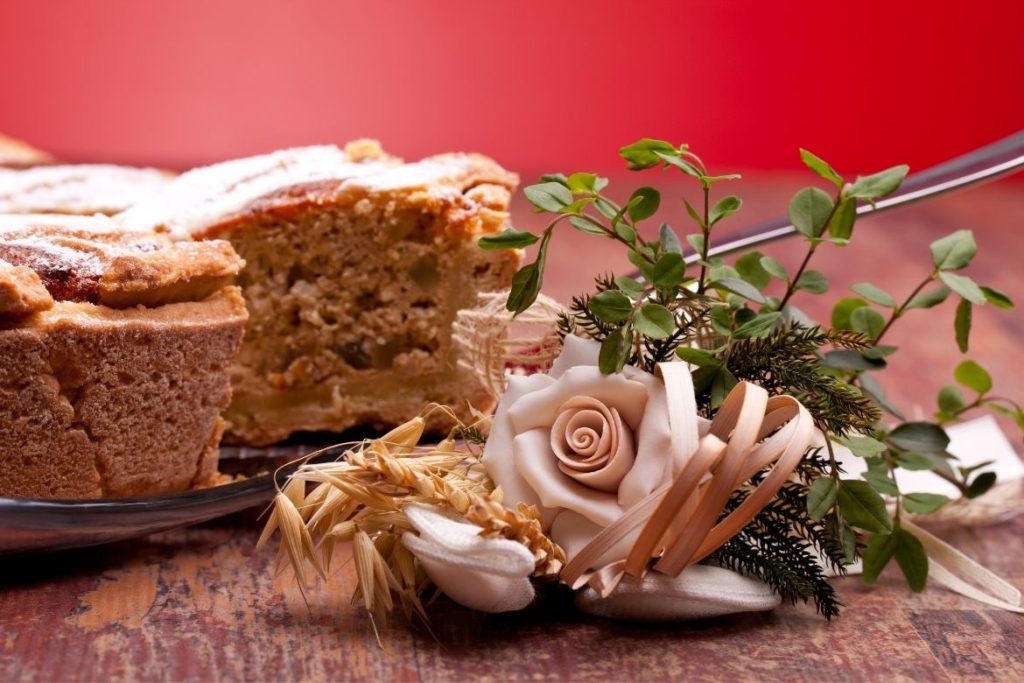
Italian Easter Cake (Pastiera Napoletana): The Story
Pastiera. One of the most delicious desserts you can eat for Easter in Italy. If you have ever had the chance to try it, I’m sure its sweet taste and the peculiar texture are still vivid in your memories. And if you come from Southern Italy, I bet that at least one among your relatives does — or has done — this sweet, delicious cake once in their life.
Pastiera is a typical cake from the region of Naples, very popular for Easter. There are several stories about its origins, which span from ancient legends to more modern anecdotes. Most likely, pastiera was born in a convent, when nuns combined eggs and ricotta with spices from Asia and other ingredients they could find in their gardens, such as orange flowers.
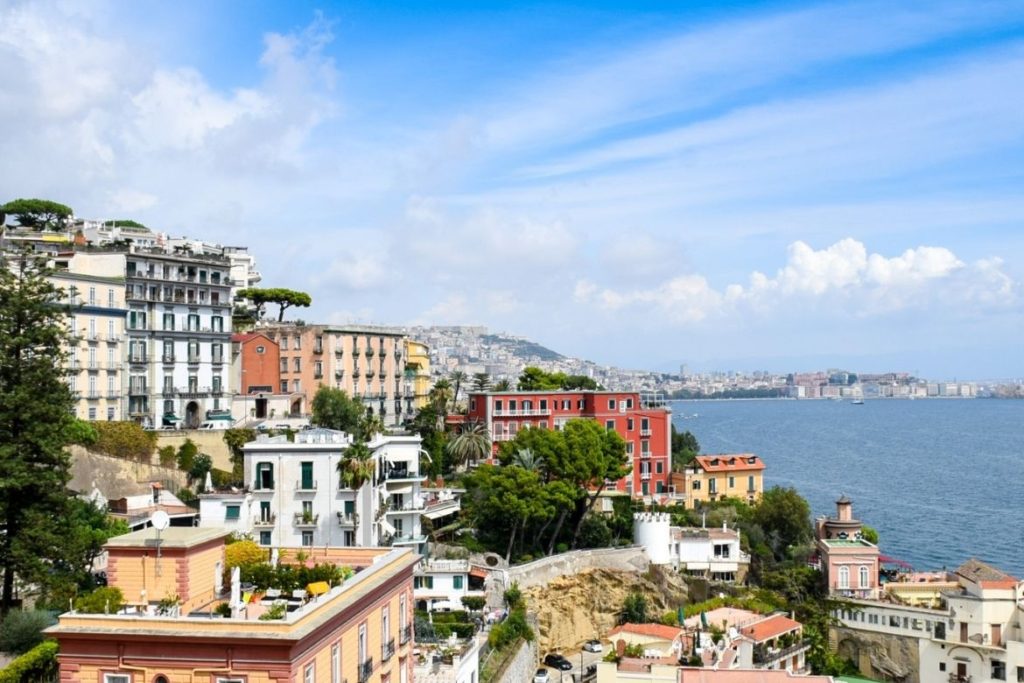
In this post, you’ll learn how to make a perfect Neapolitan pastiera with a recipe that comes directly from my aunt’s book. Ready? So, here we go!
Italian Easter Cake (Pastiera Napoletana) Ingredients
Here are the ingredients you’ll need to make your delicious Italian Easter Cake, plus some suggested substitutions.
IMPORTANT! The ingredients are listed in metric units from the original Italian recipe. In the recipe box, you’ll find a handy converter if you prefer US measurements!
For the crust:
- Flour 300 g
- Butter 150 g
- Sugar 150 g
- Three Eggs
For the filling:
- Grano cotto, cooked wheat grain 200 g
- Milk 400 cc
- One tablespoon butter
- Vanilla extract
- Fresh ricotta 350 g
- Sugar 300 g
- Five eggs
- Two lemons
- Orange blossom water
- Candied citron
Not everyone is familiar with grano cotto, a cooked wheat grain that Italians commonly use for Pastiera Napoletana. You usually find this ingredient at Italian specialty stores or online at Amazon. You can also substitute cooked barley, but the taste is slightly different.
Orange blossom water is another signature ingredient in this cake. It’s popular throughout the Mediterranean to flavor baked goods, salads, and more. If you can’t find this, you can substitute grated orange peel.
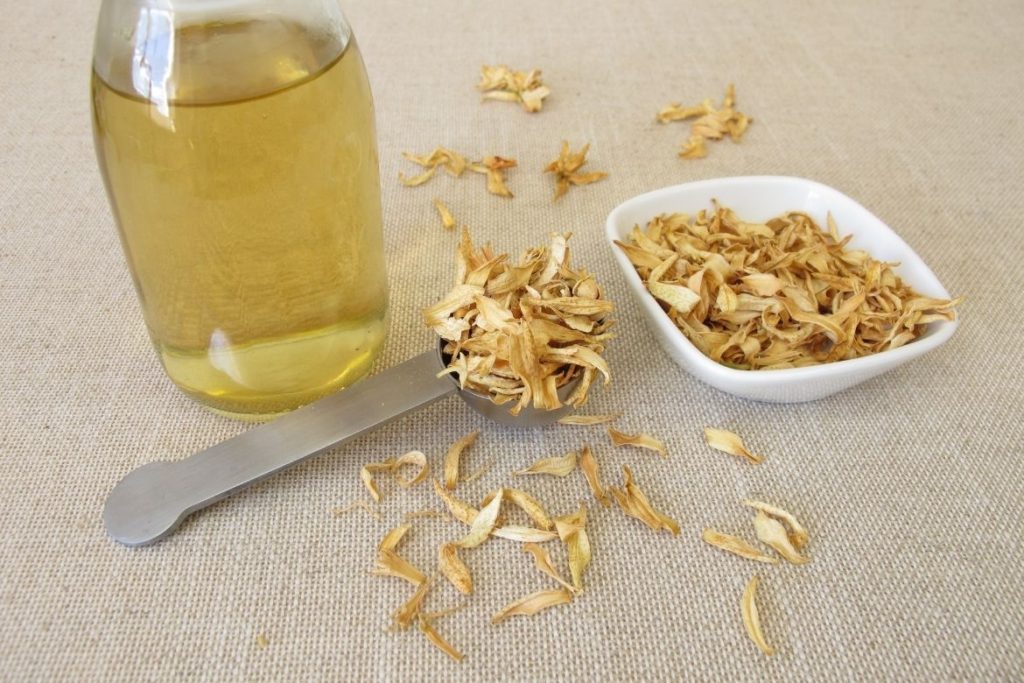
Although pure vanilla extract is an easy ingredient to find, you can also substitute it with vanilla-flavored sugar.
RELATED POST: Italian Lemon Rosemary Olive Oil Cake
Step 1: Making the Dough
The first thing you need to do is to make the dough. The shortcrust pastry (pasta frolla in Italian) is going to be the basis of your cake. You can either buy it or make it. If you decide to make it, be sure you mix all the ingredients very well — the procedure can be a bit tricky and requires attention.
To make the pasta frolla, you need to mix the flour with butter (incorporate the butter to the flour with your fingertips), then add sugar, and keep mixing. Only at the end, add the eggs (you can directly break them into the mixture). Once your dough is done, wrap it in a plastic film. Keep it in the refrigerator for at least 30 minutes, or leave it overnight.
Step 2: Making the Grano Cotto
To prepare the filling, warm the grano cotto, milk, vanilla extract, and butter in a saucepan over low heat. Keep mixing for around 20 minutes. This procedure will make your wheat softer, sweeter, and more delicious. Like the dough, you can prepare your sweet wheat the day before; thus, the mixture has time to cool down and the ingredients can blend together to have a better flavor.
Step 3: Making the Filling
The other part of the filling consists of a sweet mixture of ricotta cheese, eggs, and fruity aromas. To prepare it, mix eggs, sugar, and ricotta cheese. Add some lemon peel and the orange blossom water. If you can’t find orange blossom water, you can replace it with some orange peel.
IMPORTANT! Ricotta is one of the key ingredients. Don’t use any other type of cheese because the taste isn’t going to be the same!
Keep mixing and, when the mixture gets homogeneous, add the wheat and incorporate it with gentle movements.
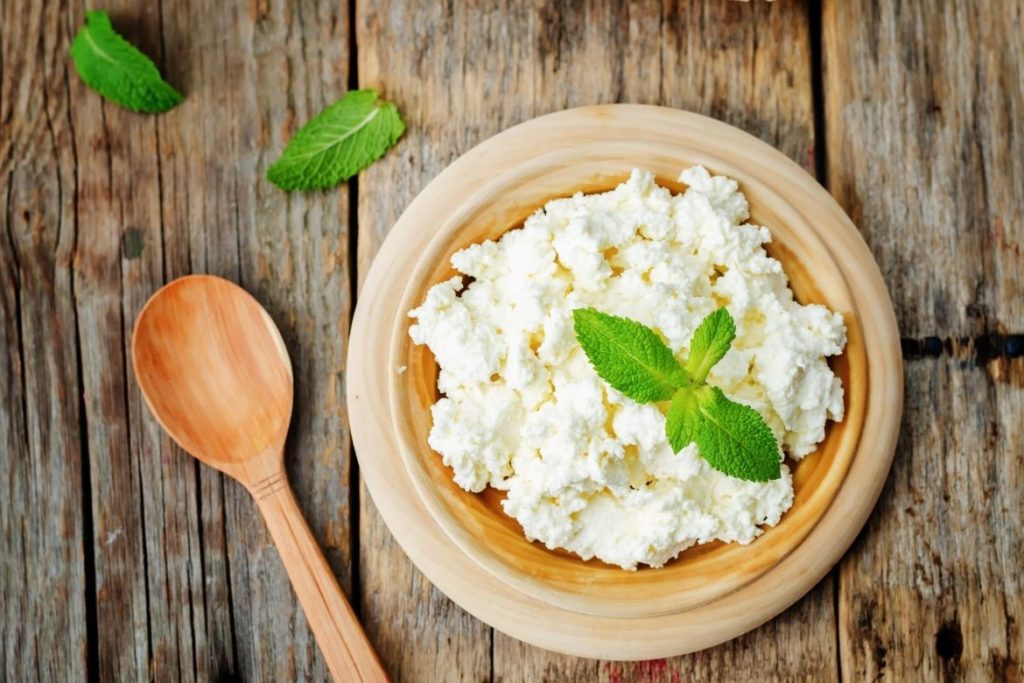
Step 4: Preparing and Baking the Pastiera
The crucial moment has come: roll out the dough, and place it in the pie pan. Then, pour the liquid mixture into the dough. Your pastiera is ready to be baked!
Bake it for around 80 minutes, keeping a temperature of 180 C degrees. That’s quite a long time, but the result is worth waiting for. Test your cake with a fork (if it gets out of the cake clean, then your pastiera is ready), let it cool down for a couple of hours, and enjoy it.
Did you enjoy your first homemade pastiera? Share your opinions and comments below. Let’s keep in touch for the next recipe!
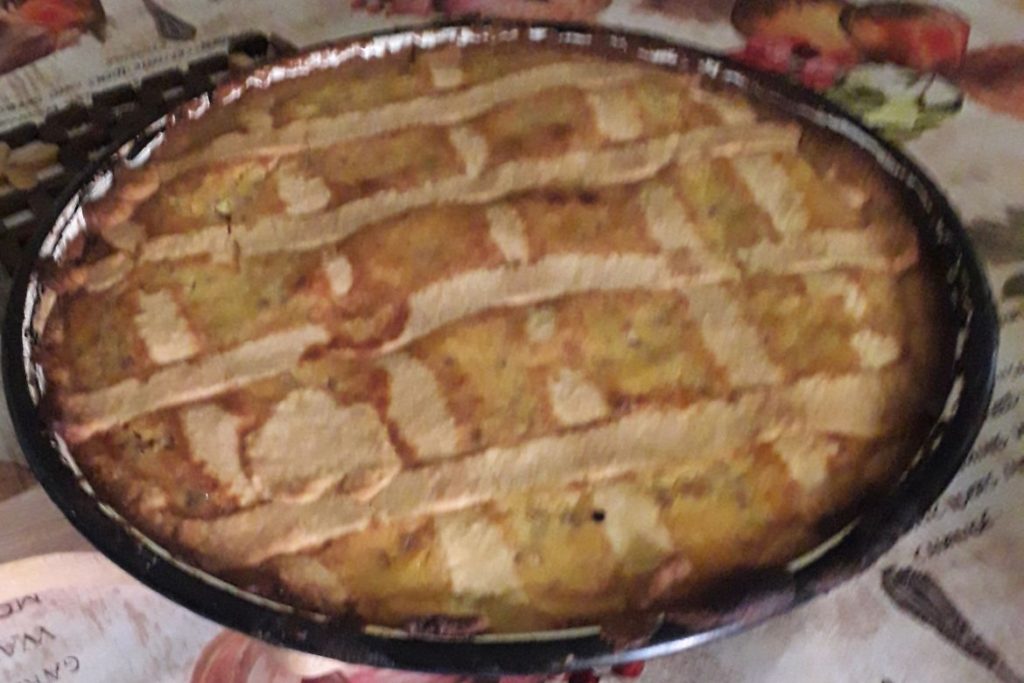
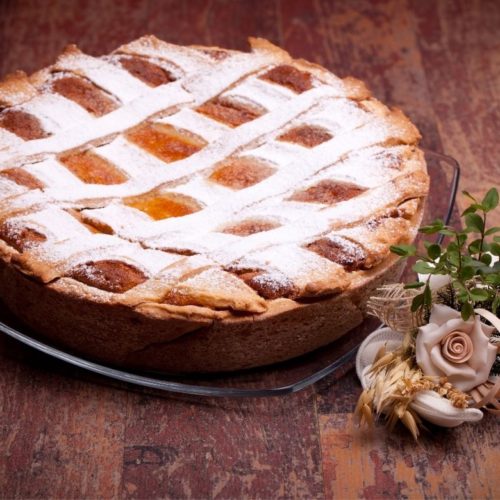
Italian Easter Cake: Pastiera Napoletana
Ingredients
For the Dough
- 300 g flour
- 150 g butter
- 150 g sugar
- 3 eggs
For the Filling
- 200 g cooked wheat grano cotto
- 400 cc milk
- 1 T butter
- 1/2 t pure vanilla extract
- 350 g fresh ricotta
- 300 g sugar
- 5 eggs
- 2 lemons
- 1/4 t orange blossom water
Instructions
To Make the Dough
- Mix the flour with the butter using your fingertips.
- Add the 150 g sugar and keep mixing. Then, add the 3 eggs.
- Wrap finished dough in plastic wrap and refrigerate for 30 minutes or overnight.
To Make the Grano Cotto
- Heat the pre-cooked wheat (grano cotto), milk, butter, and vanilla in a saucepan over low heat.
- Continue to warm for about 20 minutes, stirring frequently.
- Remove from heat and cool.
To Make the Filling
- Combine the ricotta cheese, sugar, and 5 eggs, eggs, sugar. Add some lemon peel from the two lemons and the orange blossom water.
- Continue mixing and when combined, add the grano cotto wheat mixture and continue to combine.
To Prepare and Bake the Pastiera
- Roll out the dough, and place it into a greased pie pan. Remove the excess dough and set aside.
- Pour the filling into the pan.
- Create decorative strips from the leftover dough and place on top of the filling.
- Bake for 80 minutes at 180 C. Cook and enjoy!
Notes
- This is a detailed recipe but not difficult once you master its steps. Be sure to read the details in the actual post for lots of tips before you start.
- Looking for a shortcut? Use ready-made dough!
- You can substitute grano cotto with barley but the taste will be slightly different (but still delicious!).
Nutrition
Like this recipe? Save it to Pinterest!



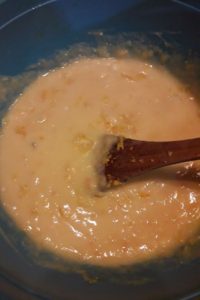
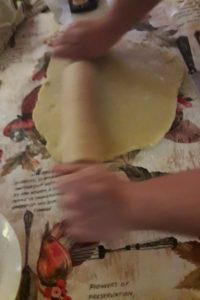
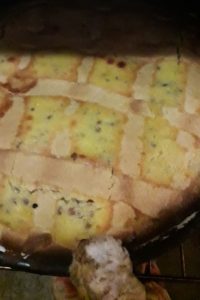

10 comments
Thank you for this great recipe! Love the main photo too, your post makes me want to go back to Italy!
Ever since I included a Pastiera recipe in my Easter round-up, I keep dreaming about the day I’ll make it. I’m Orthodox, and Easter for us will be later in May this year, but still making one!
This looks delicious and I love the origin story of this recipe. We went on a huge family trip (with extended family) a few years ago to Italy, Switzerland, and Germany and touring Italy was an amazing experience. The food was incredible and so fresh and the scenery was like something out of a movie. So wonderful that you have this family recipe.
Oh wow, beautiful cake. It reminds me of the cake my grandma used o make. I will have to make this for my family. Really can’t resist it.
What a delicious traditional recipe. I truly love recipes with meaning behind them. Thank you for this wonderful one.
Great post, I love learning about foods from all over and the ingredients used. I bet this cake is awesome.
Such a pretty and delicious sounding cake. I am looking forward to making it this weekend!
This will be delicious on my holiday menu!
Sounds absolutely divine for Easter. I love how food is not only nourishing but can teach us about history, culture, traditions, and customs. Thanks for not only providing a delicious recipe but teaching me about my world and the past.
Lovely recipe! I have never had this before, but I would like to try it. I can imagine the orange blossom water giving it a lovely flavor. Thanks for sharing.